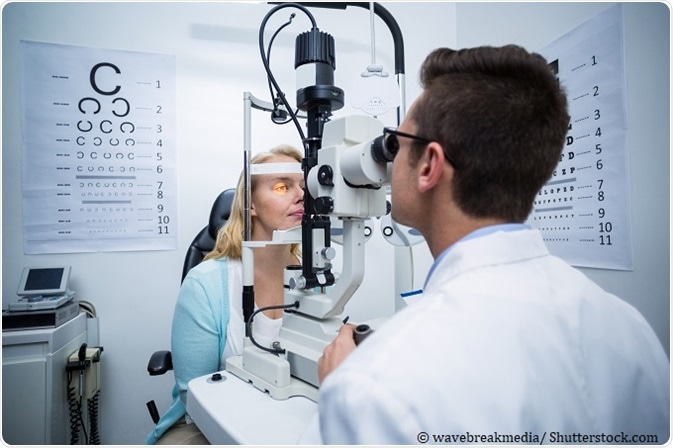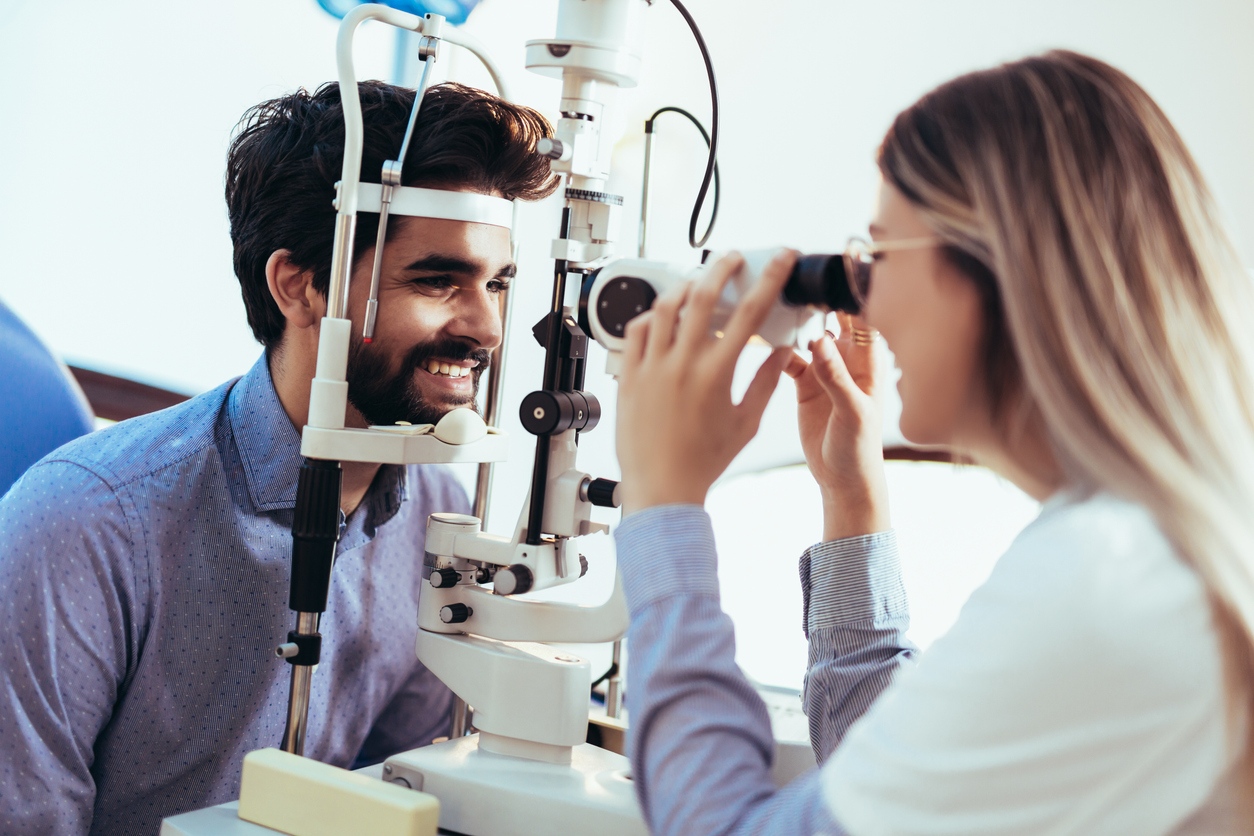The Comprehensive Eye Exam: What to Expect During Your Visit to the Eye Physician
A see to the eye physician for an extensive eye examination is even more than a regular exam; it is an important action in securing your aesthetic health and wellness. From the preliminary discussion of your case history to the precision of the aesthetic skill examination, each part of the exam serves a certain objective. Yet just what takes place throughout the eye wellness assessment, and exactly how does it affect the prescription process? Comprehending these elements is vital for those who desire to keep optimum sight. As we check out each element, the value of follow-up recommendations will certainly additionally end up being clear.
First Assessment
The initial examination during an eye examination serves as a crucial structure for understanding an individual's aesthetic health and wellness demands. This stage establishes the tone for the entire assessment procedure, enabling the optometrist to gather vital info regarding the person's case history, way of living, and certain vision issues. By diligently evaluating any pre-existing conditions, drugs, or previous surgical treatments, the eye care specialist can tailor the evaluation to address private needs successfully.

In addition, the first appointment is an opportunity for patients to voice any concerns or inquiries, cultivating a joint connection with their health care supplier. This communication not just makes sure that the individual really feels notified and comfortable yet additionally encourages them to get involved actively in their eye health management. Collectively, these conversations allow the optometrist to devise a personalized examination plan, making certain optimum treatment and specific medical diagnosis.
Visual Acuity Examination
Kicking off the core components of an eye exam, the visual acuity test is designed to evaluate the sharpness and clarity of a client's vision. This essential examination assists determine exactly how well a person can discern letters or signs at a standardized distance, typically utilizing a Snellen graph (Opticore Optometry). The chart comprises rows of letters that reduce in size inside out, with the person positioned at a popular range of 20 feet
Throughout the test, the client is asked to cover one eye and review out loud the tiniest line of letters they can see clearly. This process is repeated for the various other eye. The outcomes are tape-recorded as a portion, with 20/20 vision indicating regular visual skill-- where the person can see at 20 feet what a person with regular vision can see at that range.
The aesthetic acuity examination also recognizes prospective refractive errors such as astigmatism, hyperopia, or nearsightedness, which could necessitate restorative lenses. By establishing a baseline of aesthetic efficiency, the examination is an indispensable analysis device that assists the eye care expert in establishing a suitable treatment plan tailored to the client's distinct visual needs.
Eye Health And Wellness Assessment
Following the aesthetic acuity examination, a detailed eye health analysis is carried out to guarantee the total wellness of the eyes. This important segment of the eye test includes an extensive evaluation of both the internal and exterior structures of the eye.
Following, interest shifts to the inner structures. Via the use of ophthalmoscopy or fundus photography, the retina, optic nerve, and blood vessels are meticulously reviewed. This action is important for identifying problems such as retinal detachment, glaucoma, or diabetic retinopathy. In numerous instances, pupil extension is carried out to boost visibility of the interior eye frameworks, although this may lead to short-lived light sensitivity for the individual.
Furthermore, intraocular stress is gauged to screen for glaucoma risk. This is generally done utilizing tonometry, which can detect raised pressure degrees that might recommend possible damages to the optic nerve. Collectively, these evaluations form a thorough analysis to maintain ocular health and wellness.
Refraction and Prescription
Refraction is an innovative treatment carried out by eye care professionals to establish the specific lens power needed to fix refractive errors such as nearsightedness, astigmatism, presbyopia, and hyperopia. The goal of this procedure is to analyze just how light bends as it passes with the eye, allowing the practitioner to determine whether rehabilitative lenses are needed for improved aesthetic skill.
During the refraction procedure, the individual is asked to browse a phoropter, a tool that consists of different lenses. The specialist will systematically alter these lenses and ask the individual to contrast clearness in between choices up until the very best feasible vision is attained. This treatment is crucial in crafting an exact prescription that defines the proper lens power for glasses or call lenses.
The prescription stemmed from this treatment not only maximizes vision however additionally functions as a foundation for picking appropriate restorative important link eyewear. It is important to make certain that prescriptions are frequently upgraded, as changes in vision can happen gradually, stressing the relevance of routine eye evaluations. This thorough attention to information aids maintain clear, comfortable vision in day-to-day life.
Follow-Up Referrals

During a follow-up browse through, the eye physician will carry out a collection of examinations to examine visual acuity and check for any kind of adjustments in this hyperlink vision that could demand an update to the prescription. Additionally, the follow-up provides a possibility to talk about any kind of discomfort or concerns experienced with present eyewear. Adjustments can be made to make certain convenience and effectiveness, whether through lens alteration or structure modifications.
For patients with recurring problems such as glaucoma, diabetes-related eye issues, or macular deterioration, more constant follow-ups may be necessary. These appointments are important for managing and possibly slowing the development of eye disease. Sticking to these suggestions can significantly add to maintaining aesthetic health and protecting against long-lasting problems.
Verdict
The thorough eye examination is an important procedure for preserving visual health, incorporating a thorough analysis of clinical background and vision problems. Trick components consist of the visual skill examination, which examines eyesight clearness, and the eye health and wellness analysis, which takes a look at the general problem of the eyes.
A check out to the eye doctor for an extensive eye examination is even more than a routine check-up; it is an important step in protecting your visual health.Kicking off the core components click here for more of an eye examination, the aesthetic skill test is developed to evaluate the sharpness and clearness of a patient's vision.Following the visual acuity test, a thorough eye health and wellness evaluation is carried out to guarantee the total health of the eyes. These gos to permit the eye treatment specialist to check adjustments in vision, update prescriptions, and evaluate the general health of the eyes. Trick elements include the aesthetic skill test, which evaluates eyesight clarity, and the eye health assessment, which analyzes the total problem of the eyes.